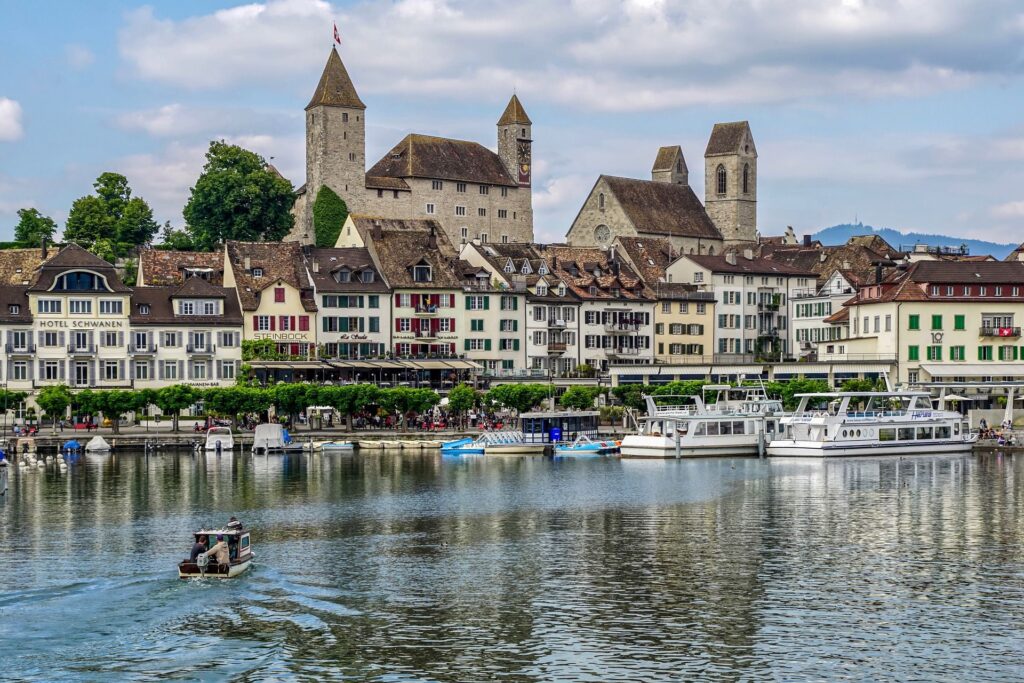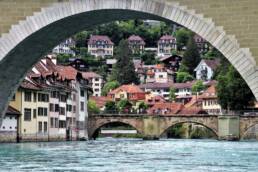Swiss monuments? A “hidden” treasure to be exploited…
Protecting Switzerland’s real estate heritage of 270,000 historic buildings creates positive spillover effects for culture, tourism and construction
In Switzerland, some 270,000 historical monuments are listed as buildings of special interest for the purposes of their preservation. Of these, about 75,000 are protected by law, constituting about 3.5 percent of Switzerland’s total building stock, or almost a little more than one in every thirty buildings.
In addition to their cultural and educational value, historical monuments are also economically significant. Indeed, the existence and preservation of Switzerland’s building stock creates positive spillover effects for the cultural sector and tourism and also provides impulses for the construction industry.
Only one franc in 11 from the public sector
The study by BAK Economics, commissioned by Domus Antiqua Helvetica and NIKE, shows that the private sector’s commitment to the renovation of historic buildings is particularly high: although every second property is subsidized by the authorities, only one franc in eleven of the total renovation costs comes from the public sector.
Moreover, public subsidies have not increased in recent years, despite the fact that the purchasing power of the Swiss franc has decreased due to the increase in renovation costs. Finally, the quality of available data needs to be improved.
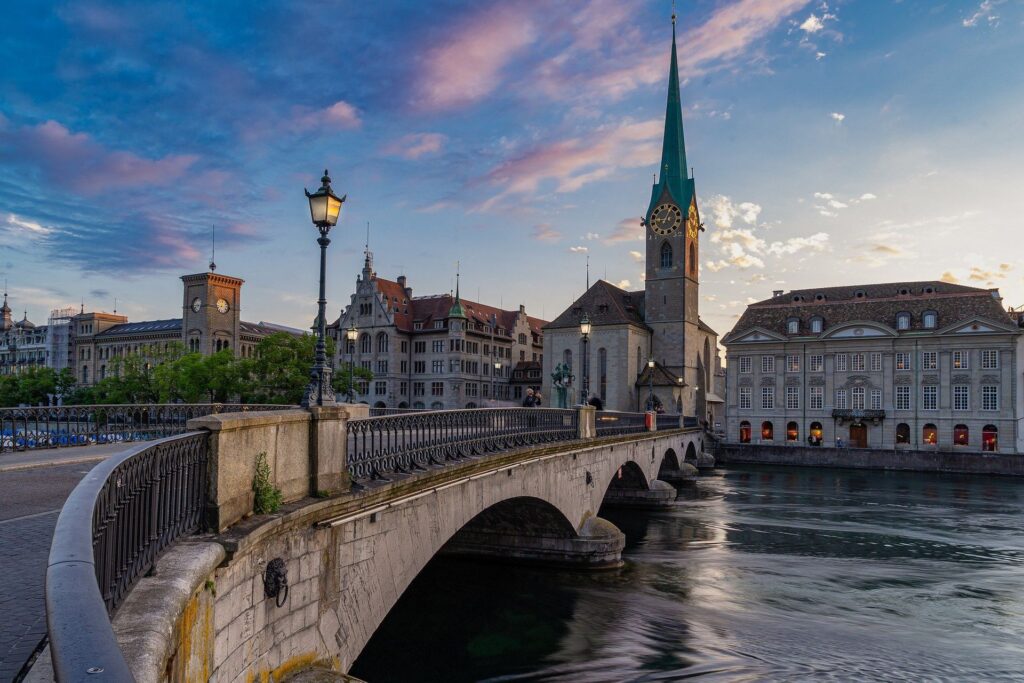
Inventory of historical buildings to be systematized
BAK Economics’ analysis suggests systematically recording the characteristics of surveyed monuments and taking action to systematize the survey of cantonal contributions.
Historical monuments bear witness to how people built, worked and lived in the past and remind us of historical events, social, technical and artistic achievements. From an economic point of view, the cultural sector and tourism today benefit from the fact that historical monuments shape the appearance of many places and have become indispensable as landmarks.
However, the economic importance of historical monuments can also be seen in the investments for the preservation of cultural heritage, which trigger impulses especially along the value chain of the construction sector, especially in the local area.
As part of the study, a survey of private owners of historic monuments was conducted for the first time to quantify their financial commitment to preserving the buildings.
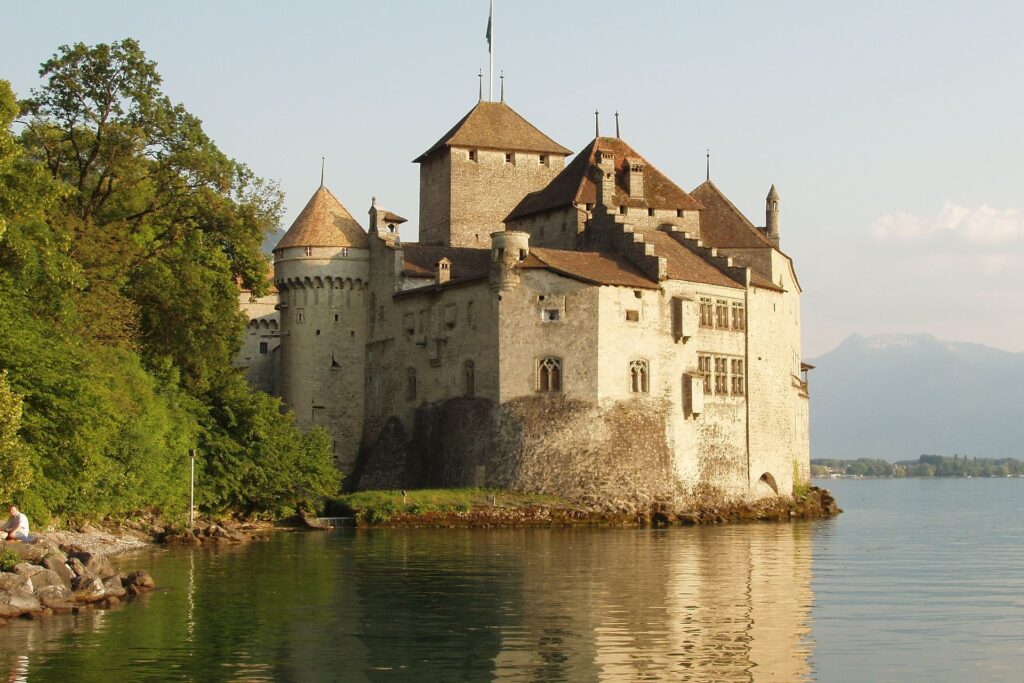
33,000 CHF per year on average by many private owners
One in two owners surveyed invests CHF 46,000 or more per year in renovation. In the specific case where funding for the preservation of historic buildings comes exclusively from private owners, the figure is CHF 33,000 per year.
On the other hand, in the case where the financing came from public authorities, the renovation investments amount to 55,000 francs per year. It should also be pointed out that, in addition to the differences indicated between forms of financing, there are also differences between financing by type of housing.
Switzerland and the “fantastic four” of direct democracy
Waldstätte and the “forest” cantons at the dawn of Switzerland…
“The BAK Economics study shows that we private landlords invest substantial funds in the renovation and maintenance of our protected properties. An online survey of our members formed the basis for this assessment,” said Lukas Alioth, president of Domus Antiqua Helvetica
One in two historic monuments is subsidized
One in 11 francs invested by private individuals is subsidized by public authorities. Of the historic buildings surveyed, about one in two was subsidized by public authorities. In the case of these buildings, the share of subsidies for the preservation of monuments averaged 9 percent: one franc out of every 11 invested by private individuals for preservation thus comes from the public sector.
The other half of the residential buildings were financed exclusively by private individuals. Public funding is under pressure: federal aid in the field of monument preservation and heritage protection has been on a downward trend in recent decades, but has stabilized at about 24 million francs in the 2016-2020 funding period.
However, the real purchasing power of financial aid has shrunk by nearly half as prices for residential property renovations have increased by 22 percent since the turn of the millennium.
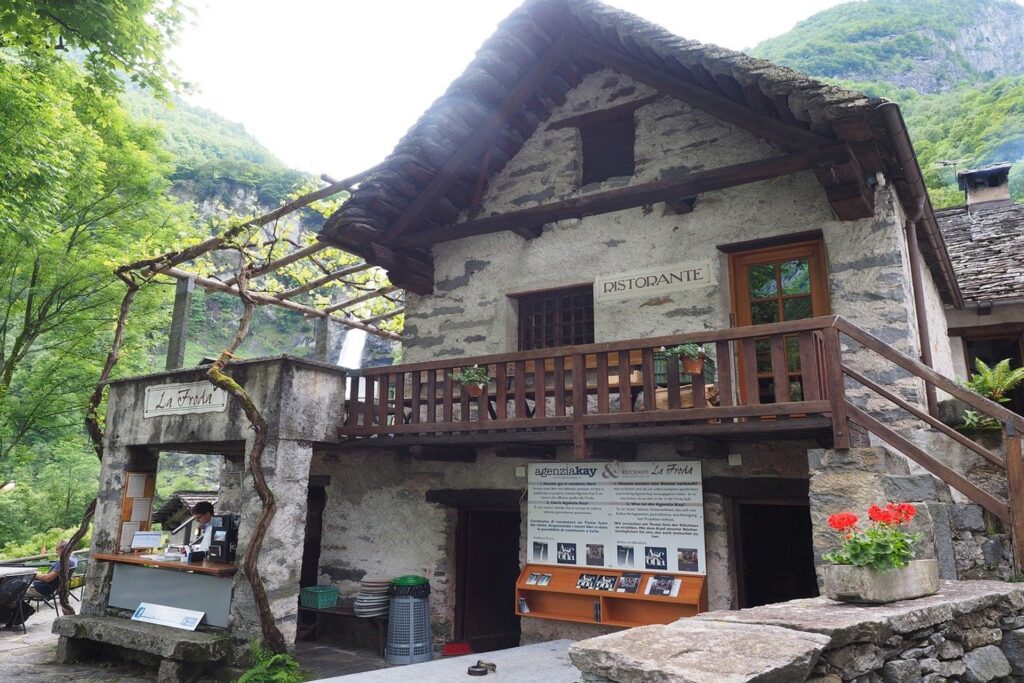
2021-2024, one hundred million from the Federal Council
The cultural message 2021-2024 adopted by the Federal Council indicates the need for federal funding for the preservation of historical monuments of more than 100 million francs per year and aims to improve the current situation.
“Switzerland has a rich built cultural heritage – including, for example, castles, urban palaces, and residential buildings from the 20th century. This heritage is economically relevant, as the study by BAK Economics clearly shows, for example for the culture and tourism industry as well as for construction companies and craftsmen. However, the funds that the federal government spends on the restoration of historic monuments have been declining for years. In addition, over the same period, actual purchasing power has halved,” is the opinion of Cordula Kessler, co-director of management at NIKE
Recommendations for improving data quality
Alongside the description of the current situation and the presentation of the new results of the empirical investigations carried out, a further important contribution of the study is to highlight the shortcomings of the data currently available and to provide suggestions for future improvements in their collection.
The Ethics of Competitiveness and the Spirit of Federalism
The Europe of small states and a federalism that is barely sketched out…
Indeed, analyses on the topic are currently limited by the lack of information on the central characteristics (building type, terrain, and building area) of the approximately 270,000 monuments reviewed by federal authorities. One promising approach to improving the structural database is to introduce information on the protected status of buildings into the Federal Register of Buildings and Dwellings (REA).
In addition, unlike federal grants, cantonal grants are not systematically recorded. In this case, a collection of state contributions according to uniform criteria for the whole of Switzerland by the offices of each canton would improve the available data.
